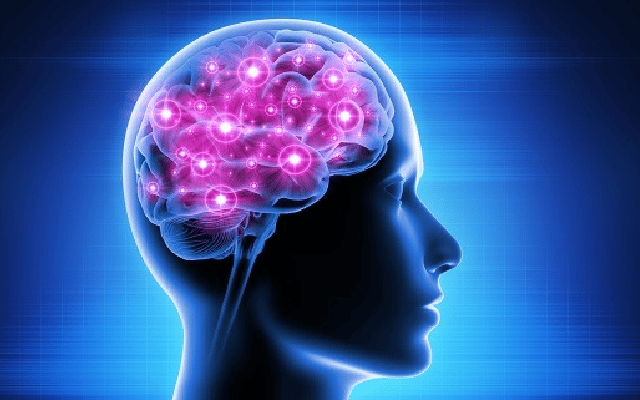Sydney: Scientists have decoded how injections from Botox drug, majorly used to smoothen wrinkles and reverse ageing, are able to breach brain cells, leading to paralysis or even death.
The injectable drug Botox was originally developed to treat people with the eye condition strabismus, but was quickly found to alleviate migraine, chronic pain, and spasticity disorders.
Currently, it’s regularly used in plastic surgeries and is commonly known as a cosmetic treatment to smooth wrinkles.
The Botulinum neurotoxins used in Botox are a highly poisonous substance produced by bacteria Clostridium Botulinum. The toxin disrupts communication between neurons, leading to muscle paralysis.
While in small, this therapeutic doses can ease muscle spasms, treat migraines or, reduce wrinkles, high doses can cause botulism — a potentially fatal disease with few treatments.
Researchers from The University of Queensland (UQ) discovered the specific molecular mechanism by which the highly deadly Botulinum Neurotoxin type-A, enters neurons.
“We used super-resolution microscopy to show that a receptor called Synaptotagmin 1 binds to two other previously known Clostridial Neurotoxin receptors to form a tiny complex that sits on the plasma membrane of neurons,” said Professor Frederic Meunier at UQ’s Queensland Brain Institute.
“The toxin hijacks this complex and enters the synaptic vesicles which store neurotransmitters critical to communication between neurons.
“Botox then interrupts the communication between nerves and muscle cells, causing paralysis.”
The research, published in The EMBO Journal, can help block interactions between any two of the three receptors to stop the deadly toxins from getting into neurons, Meunier said.
Dr. Merja Joensuu from the Institute said that how the neurotoxin worked to relax muscles has previously been difficult to track.
“Clostridial neurotoxins are among the most potent protein toxins known to humans,” Dr. Joensuu said.
“We now have a full picture of how these toxins are internalised to intoxicate neurons at therapeutically relevant concentrations,” she added.




